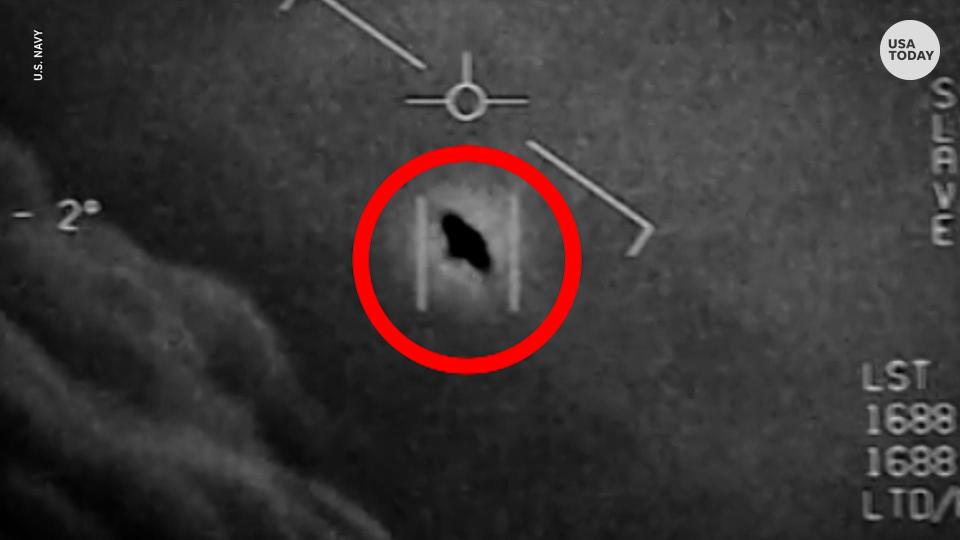UFOs and UAPs explained: This is how NASA classifies unidentified aerial objects
Has the U.S. made contact with otherworldly crafts or creatures? That's the question that prompted House lawmakers to call for a hearing on unidentified anomalous phenomena last summer after growing interest from the public.
But the former head of the Petagon's office investigating unidentified objects went on the Audible podcast "In the Room with Peter Bergen" and said he found no evidence of aliens during his time at the Pentagon. Sean Kirkpatrick, who once led the All-domain Anomaly Resolution Office (AARO). He estimated about 2-5% of all reports are truly anomalous, meaning they defy a simple natural explanation without further investigation.

What does UFO mean?
UFO stands for “unidentified flying object,” a term for an aerial phenomenon whose cause or identity is unclear to the observer.
The United States Air Force coined the term in 1952, just five years after pilot Kenneth Arnold added “flying saucer” to the world’s lexicon. In 1947, Arnold flew past Mt. Rainier in Washington state where he saw “nine bright saucer-like objects.” Though he denied initially describing them as saucers, the name had already made its mark in popular culture.
According to the Air Force Declassification Office, UFOs were initially defined “as those objects that remain unidentified after scrutiny by expert investigators, though today the term UFO is colloquially used to refer to any unidentifiable sighting regardless of whether it has been investigated.”
What does UAP mean?
The National Aeronautics and Space Administration uses the more precise term “unidentified anomalous phenomena” to describe “observations of the sky that cannot be identified as aircraft or as known natural phenomena.” Until December 2022, it was known as “unidentified aerial phenomena” rather than anomalous.
NASA began a study in October 2022 to further UAP data analysis, with promises of a mid-2023 report on its findings. The study is searching for the nature and origins of UAP, scientific analysis techniques, examining the risk to the National Air Space and ways to enhance air traffic management data acquisition systems.
In NASA’s 2021 UAP report, they classified five explanatory categories:
Airborne clutter
Natural atmospheric phenomena
USG or U.S. industry development programs
Foreign adversary systems
Other
The report was largely inconclusive, but it stated that UAP “clearly pose” a risk to aviators and U.S. national security and NASA found “potential patterns” in shape, size and propulsion.
UFOs: US government receives over 500 reports, unclassified report says
Just Curious for more? We've got you covered
USA TODAY is exploring the questions you and others ask every day. From "Which planet has the most moons?" to "Who owns Google?" to "Who was the Zodiac killer?", we're striving to find answers to the most common questions you ask every day. Head to our Just Curious section to see what else we can answer for you.
This article originally appeared on USA TODAY: What does UFO mean? How we use the 'alien' classification UFO and UAP.


